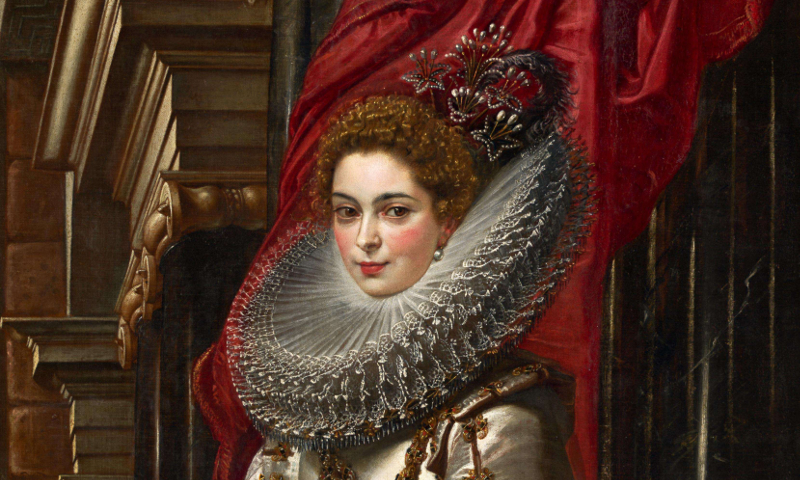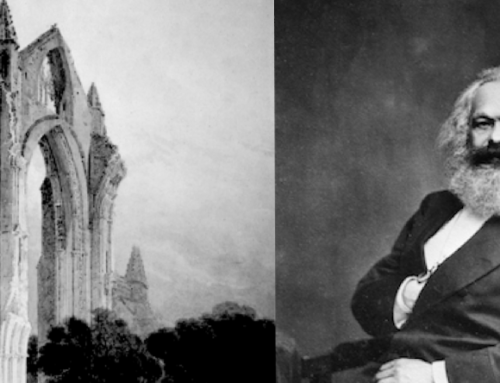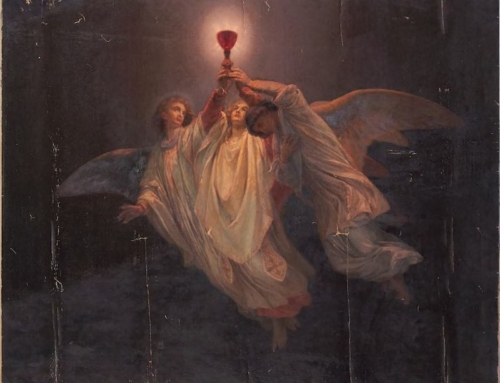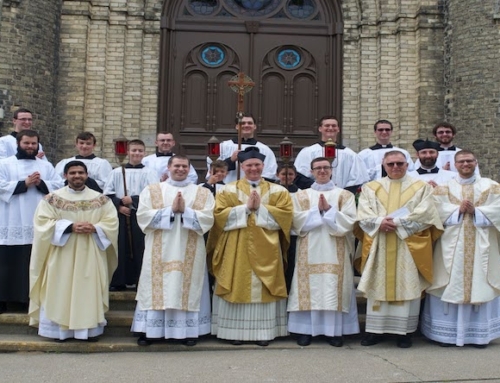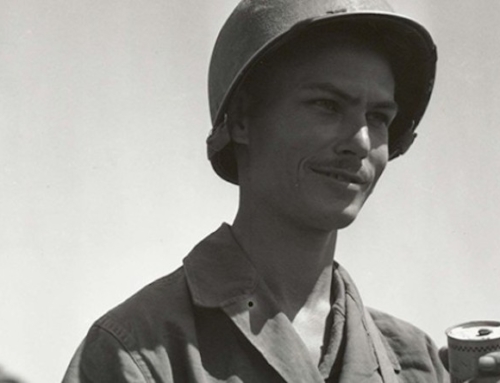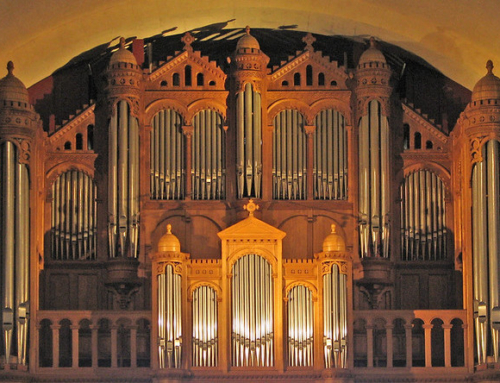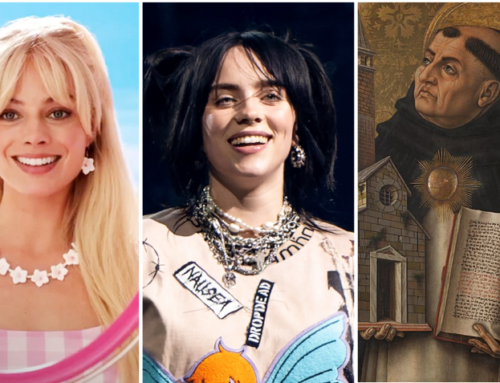In the middle of the rite of Baptism, right before the water is poured, the parents and godparents are asked if they reject Satan and “the glamour of evil.”
It’s a curious phrase. Their whole life ahead of them, young infants are entrusted with the most precious gift on the planet, the gift of God’s grace, yet soon to find themselves at loggerheads with this varied and vengeful reality—the glamour of evil.
Is evil glamorous?
Yes, in that every temptation is an appeal, drawing us toward its “empty promises,” another phrase from the rite.
To be clear, not all evil is glamorous. Sometimes it’s downright frightening. Once, in college, I was weekend house sitting, and the family had me stay in their teenager’s vacant room. I turned on the lights to see Heath Ledger leering at me, his face painted as the Joker from The Dark Knight. I remember exiting the movie the year before, thinking, “Is it responsible to create such an evil character and give him a sort of attractive genius?” Needless to say, I crashed that weekend in the living room alongside the golden retriever.
But there is glamorous evil, often subtle, as in certain ideologies or lifestyles. They don’t seem evil, but they end in evil, or in emptiness, which is the same thing—to miss out on the ultimate richness of life, the fullness of meaning and peace and community we were made for.
One broad example could be the so-called American Dream.
In the 1939 novel Ask the Dust, the young immigrant protagonist wanders the streets musing to himself: “Los Angeles, give me some you. Los Angeles, come to me the way I came to you, my feet over your streets, you pretty town, I loved you so much, you sad flower in the sand, you pretty town.” He soon realizes that California’s many promises—the women he passes on the street, the golf clubs in storefront windows, the blue-green swimming pools—don’t deliver. He will never possess them. “You’ll eat hamburgers year after year, and live in dusty vermin-infested apartments and hotels.”
A better-known example of the American story is Jackie Kennedy. She represents an acceptable glamour that many admired. Still, the Kennedy family represents a vision of the good life which doesn’t end happily ever after. In the movie Jackie, Bobby vents to her his anguish at the collapse of the family political dynasty: “What did we accomplish? We’re just—we’re just the beautiful people. Right? Isn’t that what we are?” She laments in her own fog: “I never wanted fame. I just became a Kennedy.”
Each of us, too, will be faced with glamour that can lead us astray.
But to turn our first question around: is glamour evil?
Not in itself. It’s really sort of a surface beauty, a close linguistic cousin to the word “glimmer” for its quality of quickly vanishing.
Without a deeper beauty within, glamour at best is a nicety: someone’s appearance or personality or ideas. It can have silly instantiations, like Prince’s “Glamorous Life” about a power woman and her Mercedes sedan, or like 70s glam rock, named for its guitarists wearing eyeliner. These notions are easily allayed by natural means, by Alicia Keys who has forsworn all makeup and belts out reflective ballads like “If I Ain’t Got You,” an invective against superficiality.
At its worst, glamour is a lie which can bankrupt whole lives. It can lead us to ignore the deeper things, not only of human values, but of God. Not only in others, but in ourselves. As Augustine came to see: “Late have I loved You, O Beauty ever ancient, ever new. Late have I loved You. You were within, and I without, and there did I seek You. I, though unlovely, rushed after the beautiful things You made. You were with me, but I was not with You.”
Jesus warned of “wolves in sheep’s clothing.” So we should discern things by seeking their deeper beauty, not the surface glamour. Harmless though it may sometimes be, as with our first parents, it can often draw us in, only to sting.
✠
Image: Peter Paul Rubens, Marchesa Brigida Spinola Doria

